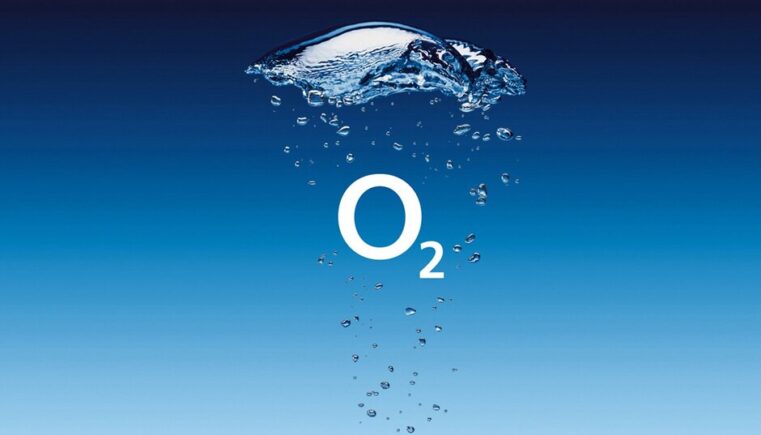
Uses of Oxygen & Applications of Oxygen Gas – Oxygen is one of the most important elements comprising around 21% of the earth’s atmosphere. It is a highly reactive non-metal and an oxidizing agent that forms oxides with most elements and compounds. Oxygen makes almost half of earth’s crust.
By mass, it is considered as the third most abundant element in the universe. Main applications of oxygen include making of steel, plastics, textiles, brazing, welding and cutting of steels and other metals, rocket propellant, oxygen therapy, and life support systems.
Respiration
It is most common and vital application which keeps living beings alive. The non-metallic gas is also necessary for oxygen therapy prescribed for patients diagnosed with chronic obstructive pulmonary disease (COPD) & various other medical conditions, which needs oxygen to be used at home for recovery of the patient. There are numerous other benefits of using pressurized oxygen therapy.
Smelting of Iron ore into Steel
It is estimated that around 55% of commercially produced oxygen is used in removing sulfur impurities and excess carbon as sulfur dioxide & carbon dioxide. Production of steel relies upon oxygen for reducing the iron oxides to pure oxygen.
Cutting & Welding
Oxygen is also used in torched for cutting & welding. It is reacted with hydrogen enabling it to heat over 5000 degrees. These torches can cut through most of the metals and weld them together.
Difference Between Medical Oxygen and Industrial Oxygen
Rocketry
Liquid oxygen is used extensively in medical and industrial applications. It is used as an oxidizing agent for use in missiles and rockets where it is reacted with liquid hydrogen for generating the thrust for take-off. Space suits used by astronauts are filled with pure oxygen.
Chemical Synthesis
Chemical industry accounts for consuming 25% of all commercially produced oxygen. Ethylene is reacted with oxygen to create ethylene oxide, which is converted into ethylene glycol, the feeder material for manufacturing various products including antifreeze and polyester polymers.
Hydrocarbons can be broken by heating them with oxygen. This method is used for initiating combustion to produce water and carbon dioxide. If the mixture is controlled it can disintegrate hydrocarbons to form acetylene, propylene and ethylene.
Waste Water Treatment
Oxygen is also used for purifying water trapped in sewage. It is pumped through water to increase the production of natural bacteria, which breaks down waste products. Bacteria use oxygen to break down organic matter containing carbon to form carbon dioxide and water. Bacteria needs sufficient amount of oxygen bio-degrading waste materials in a reasonable time frame.
Use of Oxygen Plant in Pharmaceutical
Glassware
Oxygen is known as a gas that improves industrial activity. It is used for increasing combustion in glass furnaces, and reduces nitrogen oxide (NOx) emissions. There are technologies that use oxygen to lower NOx emissions by 90%. Advanced techniques are coming along in the glass industry which are promising for sustainable future.
Pulp & Paper
Paper & pulp mills have stopped using chemicals like chlorine in bleaching processes for elinating production of adsorbable organic compounds (AOX).
As an industrial gas, oxygen helps you meet stringent environmental regulations through use in delignification, oxidative extraction and wastewater treatment.

